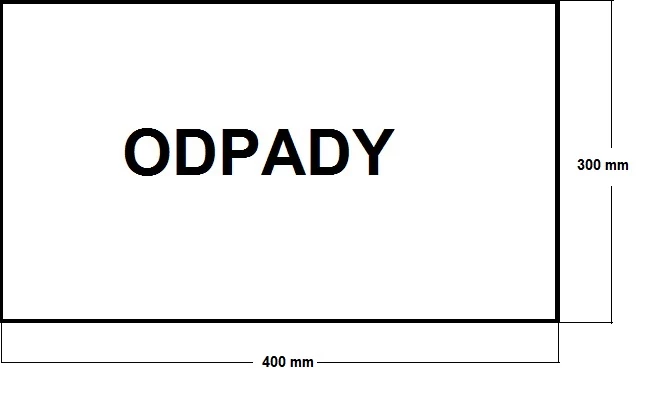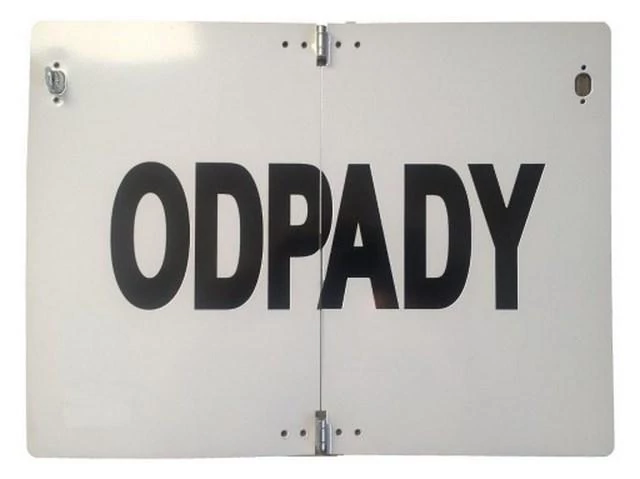Entrepreneur, see what has changed about waste transport since January
As of 24.01, the Regulation of the Minister of the Environment on detailed requirements for waste transport of 7 October 2016 came into force. This document is a response to the relevant EU directive of 9 September 2015. What changes does it concern?
The document signed by Jan Szyszko supplements the content of the Waste Act of December 2012. According to the regulation, new rules for the transport of waste are to apply, with the exception of hazardous goods, the transport of which is regulated by another act (of 19 August 2011 - editor's note).
Transport of waste should be carried out in such a way as to avoid mixing the different types of waste, unless they are destined for treatment in the same process.
Paragraph 5(1) defines the method of waste transport as "preventing the spread of waste beyond the means of transport, in particular spillage, dusting and leakage, and minimising odour nuisance".
The same paragraph specifies that the transport must be carried out in such a way as to minimise the effects of atmospheric agents which may have a negative impact on the environment or pose a risk to human life or health of the transported waste.
The seventh paragraph, on the other hand, addresses the issue of changing the type of waste transported using the same means of transport. It recommends that measures be taken to remove residues from a previous waste transport. The exception to this is if the new load of waste is not adversely affected by these measures, making it dangerous to the environment or to human life and health.
It is not possible to undertake the transportation of waste without the required documents confirming the type of waste transported and containing the details of the party ordering the transport, and if it is a question of collection of municipal waste from property owners, a document is required containing information on the type of waste transported and the municipality from which it is collected.
The documents referred to in the regulation are:
1) the waste transfer note referred to in Article 67(1)(1)(a) of the Waste Act of 14 December 2012;
WSC Ordinance of 7 October 2016
2) waste sales invoice;
3) the basic characteristics of the waste as referred to in Article 67(2)(1) of the Waste Act of 14 December 2012;
4. the document for transboundary movements of waste as referred to in Annex IB or Annex VII
to Regulation (EC) No 1013/2006 of the European Parliament and of the Council of 14 June 2006 on shipments of
Waste (OJ L 190, 12.07.2006, p. 1, as amended);
(5) another document certifying the type of waste transported and the identity of the party ordering the transport of the waste, if
the waste transporter is not in possession of the documents referred to in points 1 to 4.
The most important change in the transport of waste that has been introduced by the head of the environment ministry is the way in which means of transport are marked. According to the guidelines, the vehicle on which a load of waste is to be transported should have a marking in the form of a white board with "WASTE" printed in black.

The requirements for the inscription itself are as follows: a minimum height of 100 mm and a minimum line width of 15 mm.
However, deviations from the specified sizes are permitted, but only if there is insufficient space on the means of transport to accommodate the board. In this case:
- the dimensions of the board can be up to 300 mm wide and 120 mm high
- dimensions of the inscription - height to a minimum of 80 mm and line width to a minimum of 12 mm
The above signage should be placed in a visible location and be legible, durable and weatherproof.
In the case of cross-border waste shipments, the dimensions of the board should be 400 x 300 mm, as in the case of domestic shipments, but the letter "A" (German: der Abfall - waste) should be at least 200 mm high and the line width should be at least 20 mm.
Again, this board should be placed in a prominent position, be legible and be weatherproof.
Elaborated based on Journal of Laws







